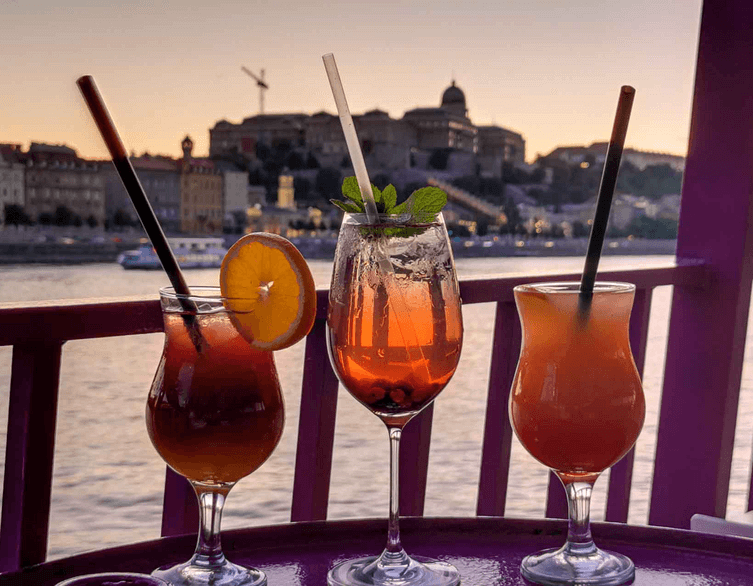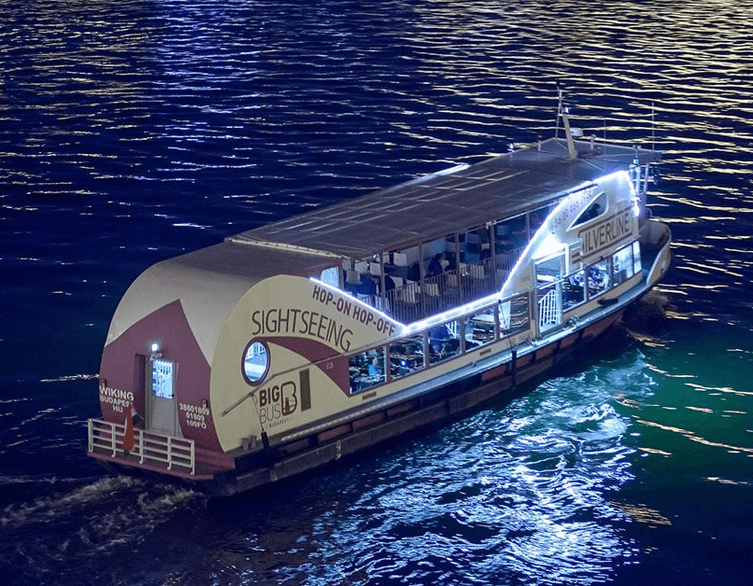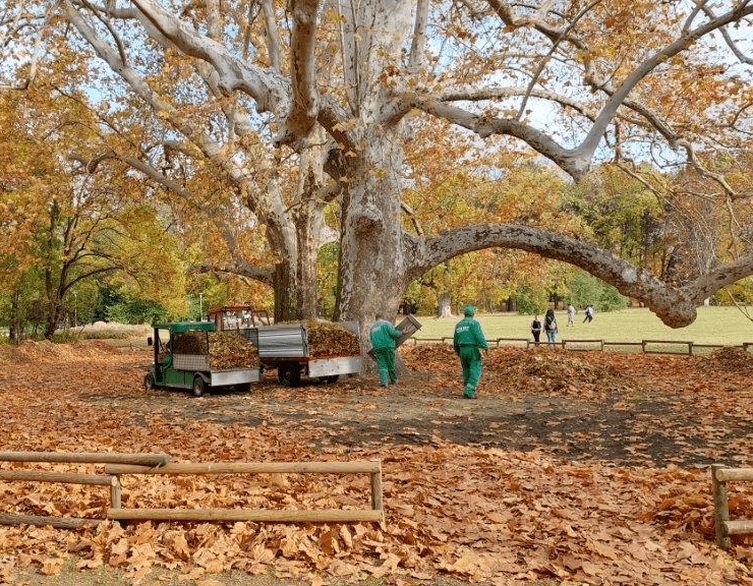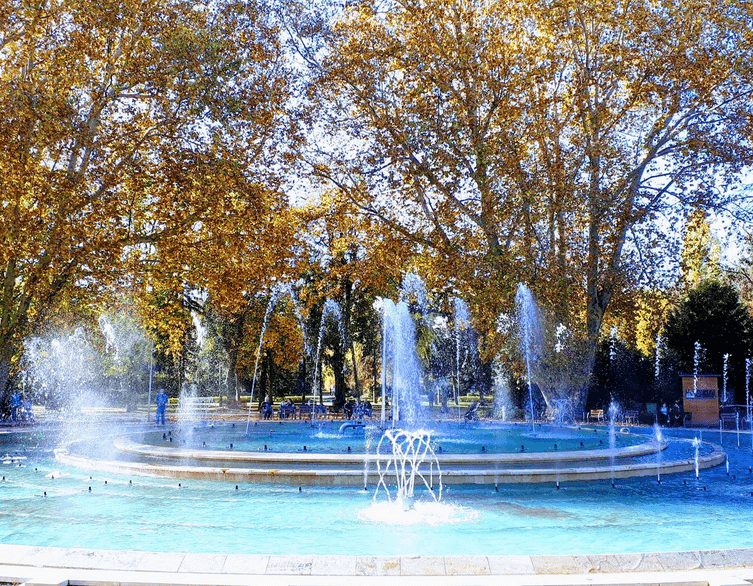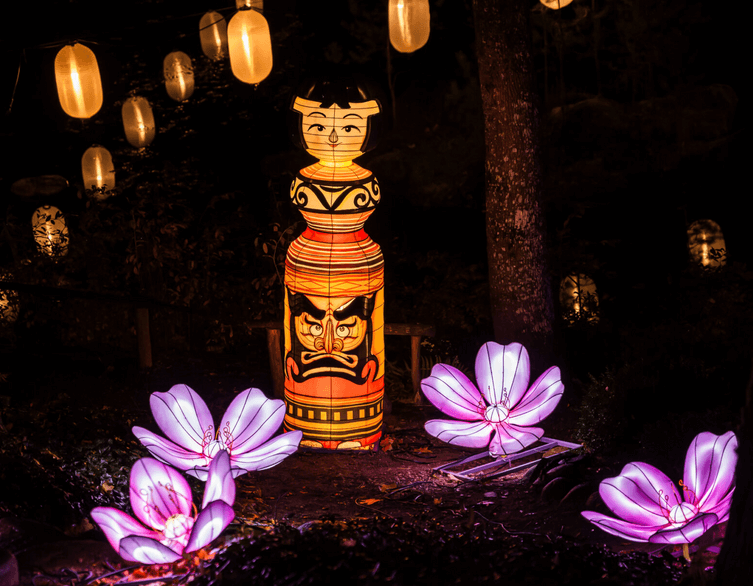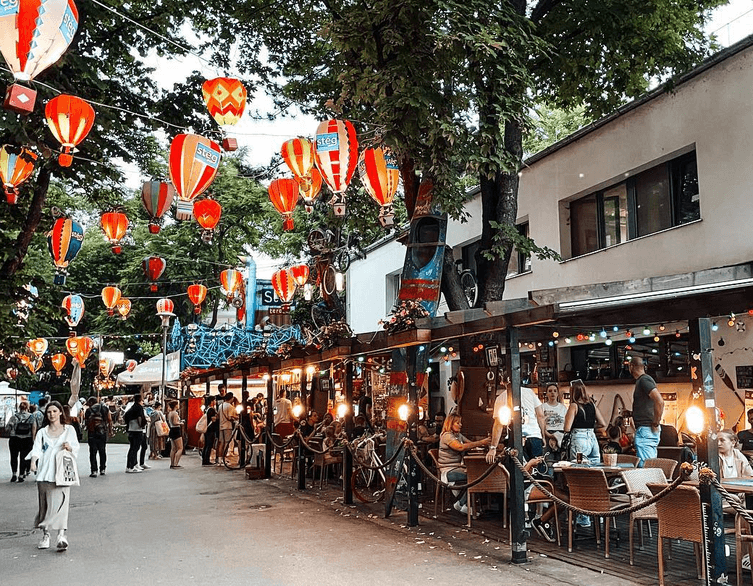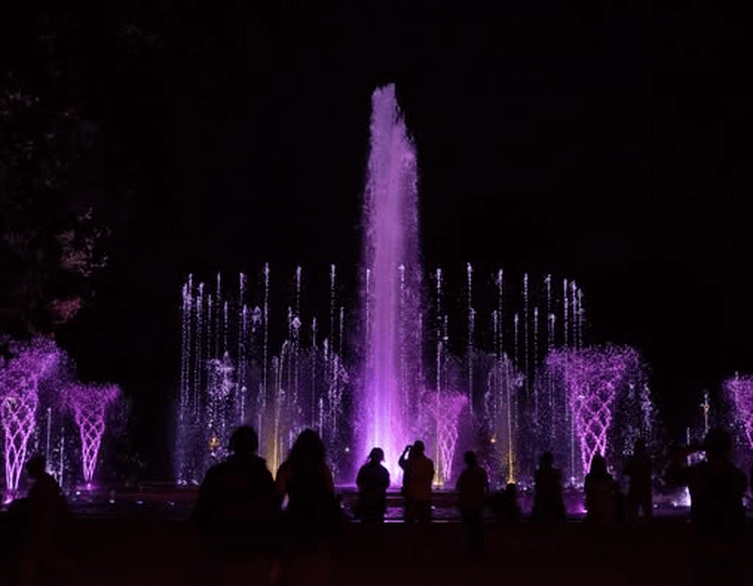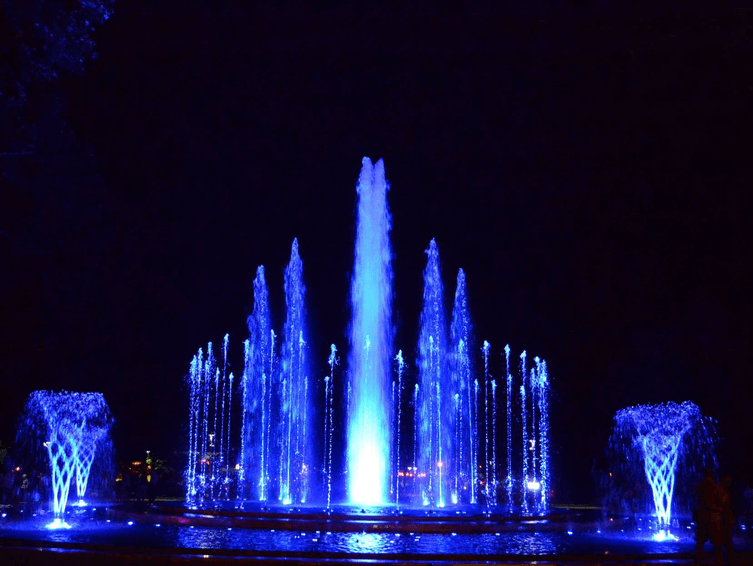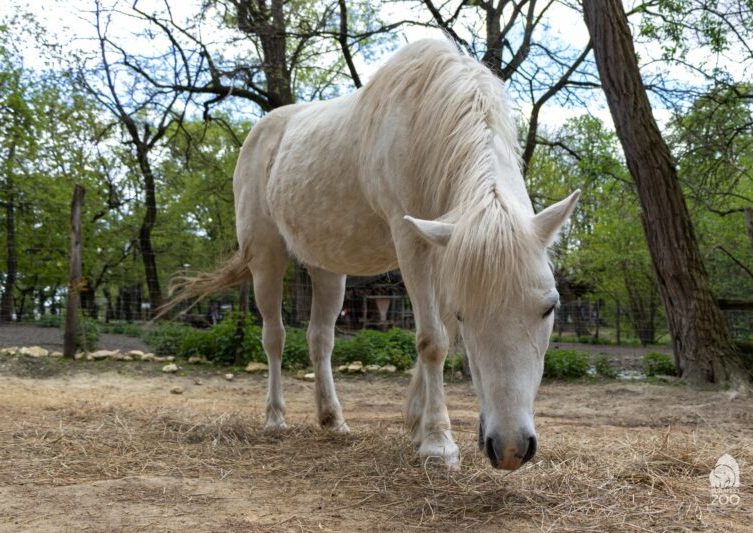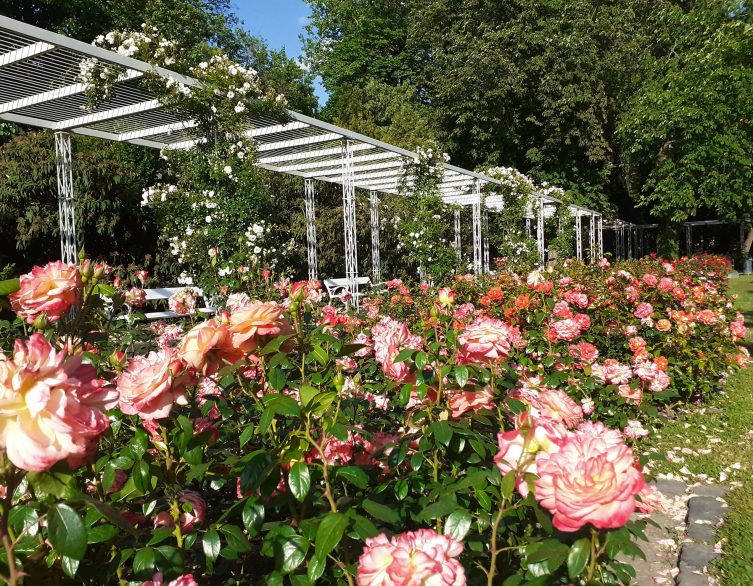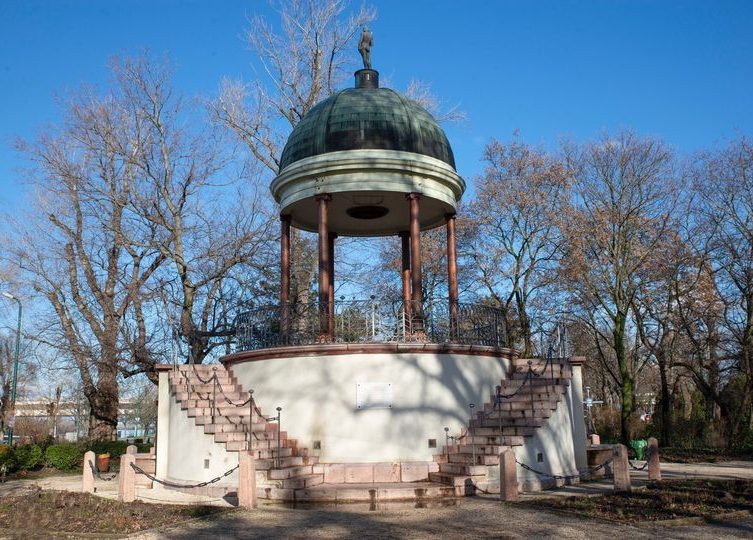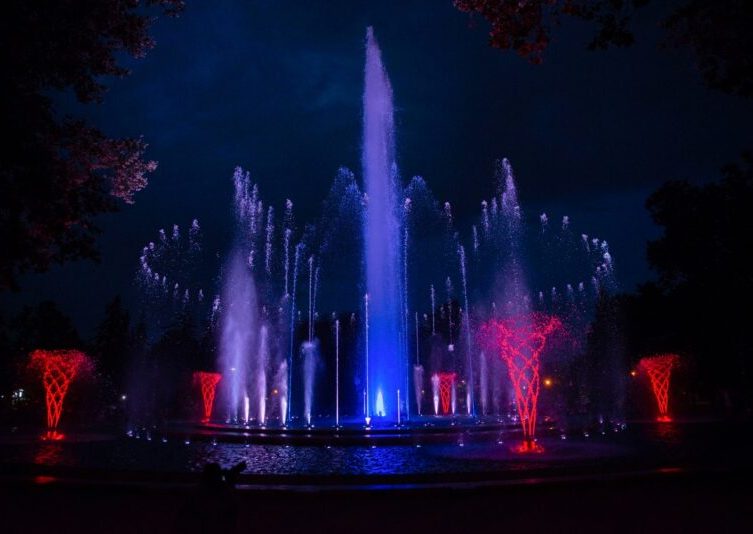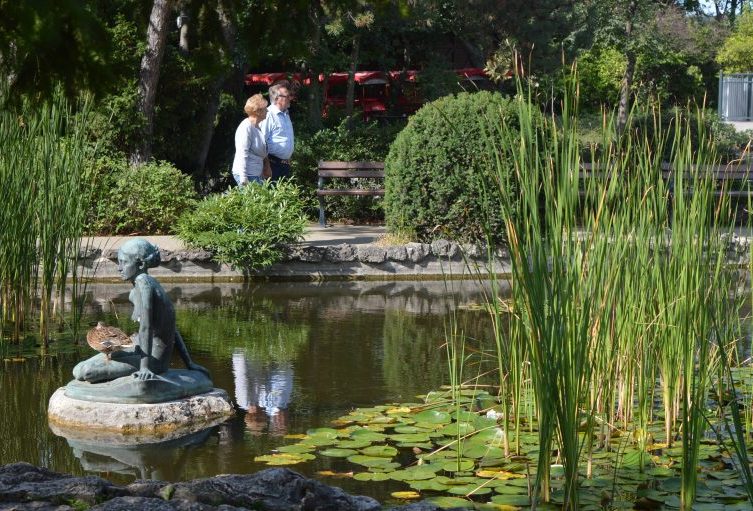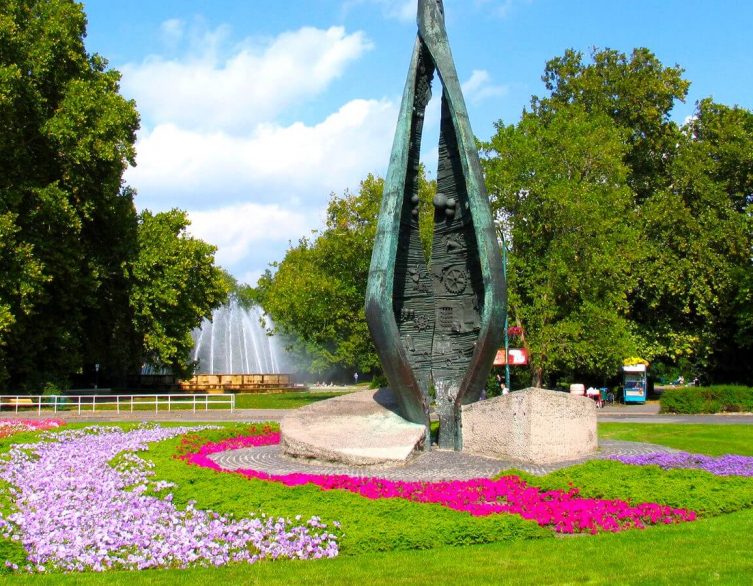Protecting Ancient Giants on Margaret Island: Budapest’s Historic Plane Trees Get Special Care
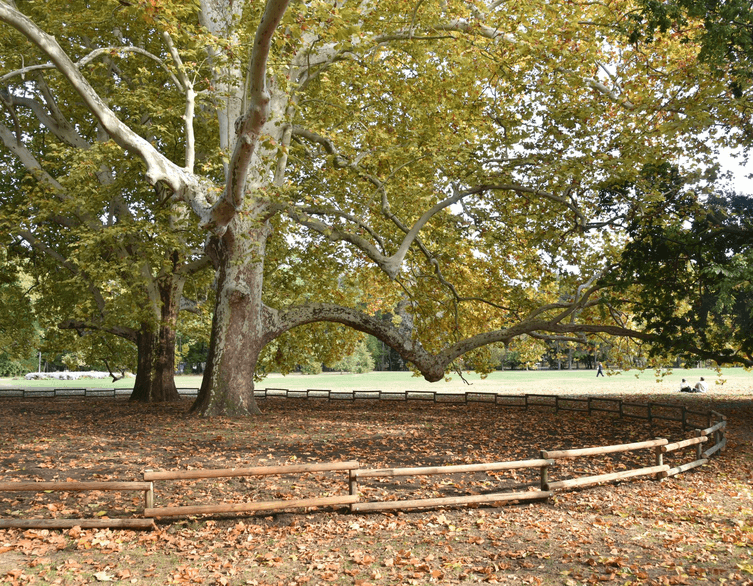
When you stroll through Margaret Island, Budapest’s beloved green oasis in the Danube, you might notice protective fencing around two majestic trees. These aren’t just any trees—they’re nearly two-hundred-year-old London plane trees that have witnessed almost two centuries of Budapest’s history, and the city has taken special measures to ensure they thrive for generations to come.
Meet the Silver Plane Trees
The two London plane trees, scientifically known as Platanus x acerifolia, stand on the Lower Great Meadow area of Margaret Island. What makes these specimens remarkable is their striking light-colored bark that has earned them the nickname “silver planes.” Among all the plane trees on the island, these stand out as some of the most beautiful examples, with uniquely patterned bark that catches the eye even from a distance.
These trees likely date back to around 1850, planted during the era when Archduke Joseph, Palatine of Hungary, was transforming Margaret Island into an English-style park. His gardener Károly Tost helped domesticate plane trees on the island, creating what literature calls “the plane tree era.” Dendrologist Dr. Zsolt Debreczy recognized their exceptional quality in 1988, calling one of them among the country’s most impressive trees and the park’s most beautiful specimen.
The London plane is a hybrid species created when the American sycamore crossed with the Oriental plane, probably first in Spain. This crossbreeding created a remarkably resilient tree that thrives in urban environments, tolerating pollution, compact soil, and pruning better than most species.
Why These Trees Need Protection
After nearly two centuries, these magnificent trees face challenges threatening their health. The primary problem is soil compaction in the “drip zone”—the area directly beneath the tree’s canopy where rainwater drips from leaves. This is where the tree’s fine hair roots absorb moisture and nutrients. Years of visitors walking around these popular trees have compacted the soil, making it dense and hard. When soil becomes compacted, water can’t penetrate easily, meaning rainfall struggles to reach the roots.
Additionally, foot traffic damages shallow roots and strips away protective leaf litter that would naturally decompose and enrich the soil. Park staff realized that without intervention, these historic trees could decline significantly or even die prematurely.
The Solution: Fencing and Soil Restoration
Budapest’s park management has installed low protective fencing around each tree following the drip zone perimeter, preventing visitors from walking directly under the trees and allowing the soil to recover. They’ve also spread compost around the base of each tree, which loosens compacted soil, improves drainage, adds nutrients, and helps retain moisture during dry periods.
Best deals of Budapest
The approach goes further: rather than removing fallen leaves, park staff now leave them in place and even bring green waste from other parts of the island. As these materials decompose naturally, they transform into humus—rich organic matter that provides nutrients and creates ideal soil conditions. The decomposing layer also acts as mulch, protecting soil from drying out during hot summer months.
These measures represent part of a broader vision for Budapest, aiming to preserve elderly trees throughout the city, increase tree canopy coverage, and create an urban environment where people and nature coexist harmoniously. Old trees provide irreplaceable value: massive leaf surfaces that produce oxygen, filter air pollutants, and create cooling through transpiration. A single mature tree can transpire hundreds of gallons of water daily during summer, creating natural air conditioning.
Other Notable Trees on Margaret Island
While these two silver planes are exceptionally beautiful, Margaret Island hosts considerable variety among its plane tree population. Another particularly decorative light-barked plane tree stands near the Casino building, now known as the Moon Court area. The Upper Great Meadow near the Grand Hotel also features several silvery-trunked plane trees worth seeking out.
One famous tree is the “swing-tree” near the Artists’ Promenade, a two-hundred-year-old ancient plane tree regarded as having one of the most beautiful crowns in Europe. Its branches bend almost to the ground, though this poses dangers for the tree’s health. Another notable specimen is the “Seven Chieftains,” standing opposite the Palatinus Bath entrance, named after the original “Seven Brothers” tree planted by Palatine Joseph that perished in 1930.
What Visitors Should Know
When visiting Margaret Island, please respect the protective fencing. It might be tempting to step over the low barriers for photos, but doing so undermines the conservation effort. Every footstep compresses the protected soil and reverses the restoration work. You can still appreciate these magnificent trees from outside the barriers and enjoy the shade they cast.
Margaret Island itself deserves extended exploration. This car-free oasis stretches over two kilometers in the Danube between Buda and Pest. Trams Four and Six stop on Margaret Bridge for easy access. The island features expansive meadows perfect for picnics, a musical fountain, ruins of medieval monasteries, a small zoo, swimming facilities, and jogging paths.
The Lower Great Meadow where these silver planes stand offers open space for games, sunbathing, or simply relaxing in the grass. Street food vendors operate during warmer months, and several restaurants provide meals. Whether seeking active recreation or peaceful relaxation, Margaret Island delivers, and these protected trees represent the natural heritage that makes the island special.
Budapest’s approach demonstrates that relatively simple interventions—protective fencing, compost application, and allowing natural leaf litter accumulation—can significantly improve conditions for stressed urban trees. For visitors, seeing these measures in action provides insight into how modern cities balance preservation of natural heritage with public access. These trees stood here long before any of us were born, and with proper protection, they’ll continue providing beauty and environmental benefits for generations to come.
Related news
Related attractions
















